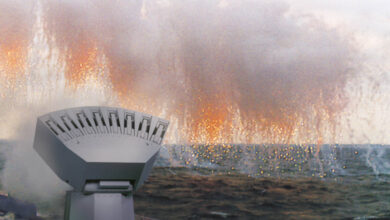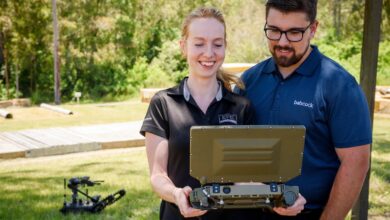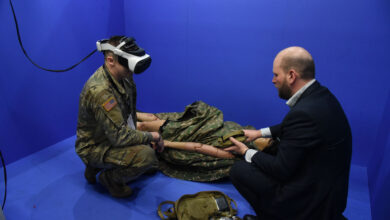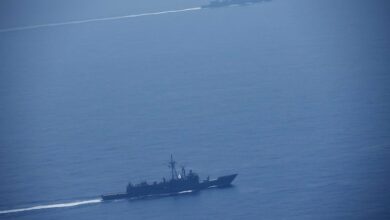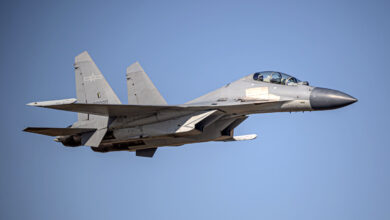Australian Military Research Facilities Receive Equipment Upgrade
The Australian Department of Defence has invested 32 million Australian dollars ($21.5 million) to upgrade its military research facilities with modernized capabilities.
The revamp is part of the Capital Refresh Program that will provide Australian researchers easy access to testing and fabrication equipment.
“The aim of the project was to provide targeted, specialised onsite capability at each [Defence Science and Technology Group] site across the country,” Program Lead Ben Barona stated.
Sustaining Up-to-Date Technologies
The Capital Refresh Program will update existing capabilities and procure new ones associated with metrology, optics fabrication, additive manufacturing, and large-scale vibration tests that will be used for hypersonics, space optics, and rapid prototyping.
Furthermore, the program will support ongoing disruptive research and development of the Australian Defence Force.
“Not only are we delivering military capability in a speedy manner, the capability upgrade ensures our staff are able to keep up with the latest technology,” Barona said.
Teaming With Industry, Academia Partners
The program was carried out in collaboration with the Australian National Fabrication Facility, the Royal Australian Air Force, QinetiQ, and other industry partners.
Alongside DSGT sites, several Australian universities received the latest research capabilities.
“Our discussions centred not only on what capabilities were needed, but also where they should be located to enable fast-fail prototyping,” Barona explained.
“Engagement with our partners in industry and academia has been critical for the success of the project.”
Meanwhile, other research equipment has already proven useful in military applications, including the rapid production of new PC21 aircraft doors for a Royal Australian Air Force flight trial.
“Only by deeply engaging with our university and industry partners… can we build the integrated and aligned sovereign Defence science and technology capability that Defence demands,” Australian Defence Chief Scientist Tanya Monro said.



